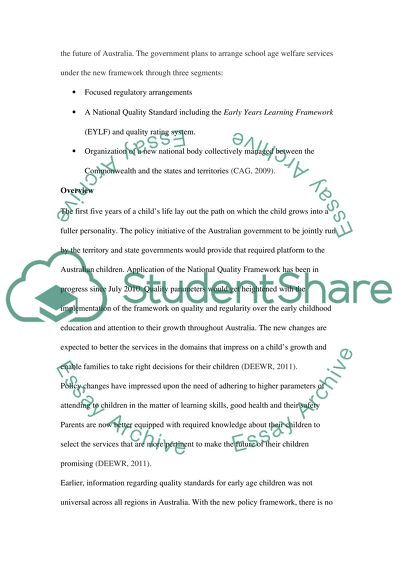Cite this document
(“How have recent policy changes in school age education affected Essay”, n.d.)
Retrieved from https://studentshare.org/education/1431701-how-have-recent-policy-changes-in-school-age
Retrieved from https://studentshare.org/education/1431701-how-have-recent-policy-changes-in-school-age
(How Have Recent Policy Changes in School Age Education Affected Essay)
https://studentshare.org/education/1431701-how-have-recent-policy-changes-in-school-age.
https://studentshare.org/education/1431701-how-have-recent-policy-changes-in-school-age.
“How Have Recent Policy Changes in School Age Education Affected Essay”, n.d. https://studentshare.org/education/1431701-how-have-recent-policy-changes-in-school-age.


